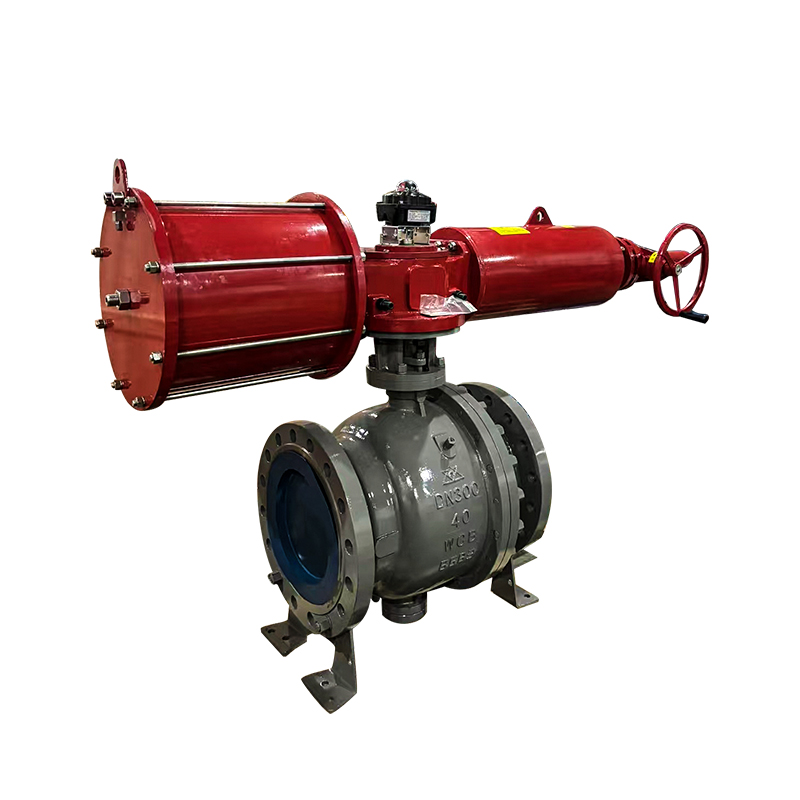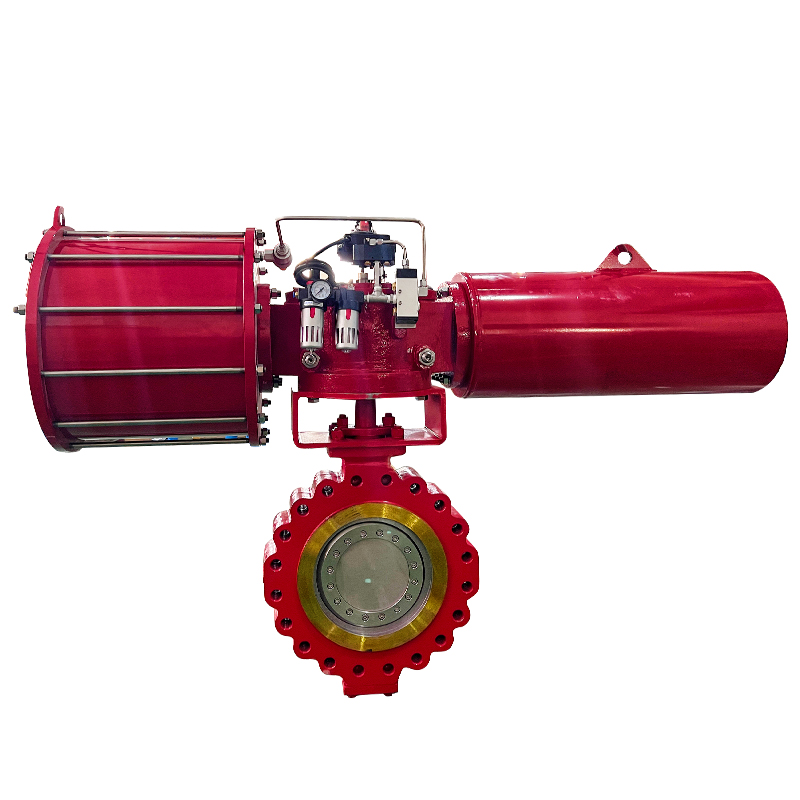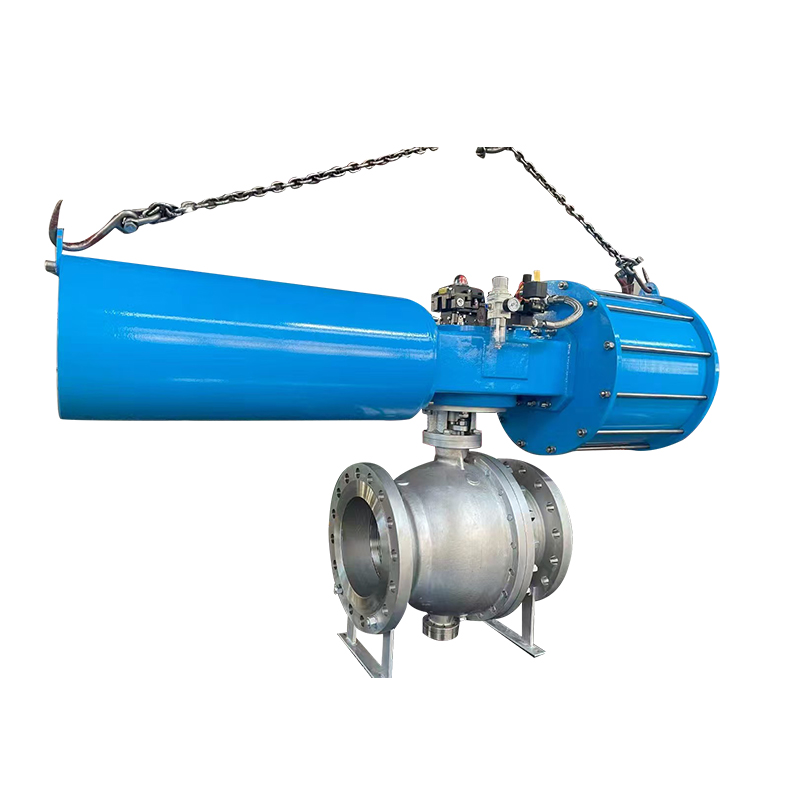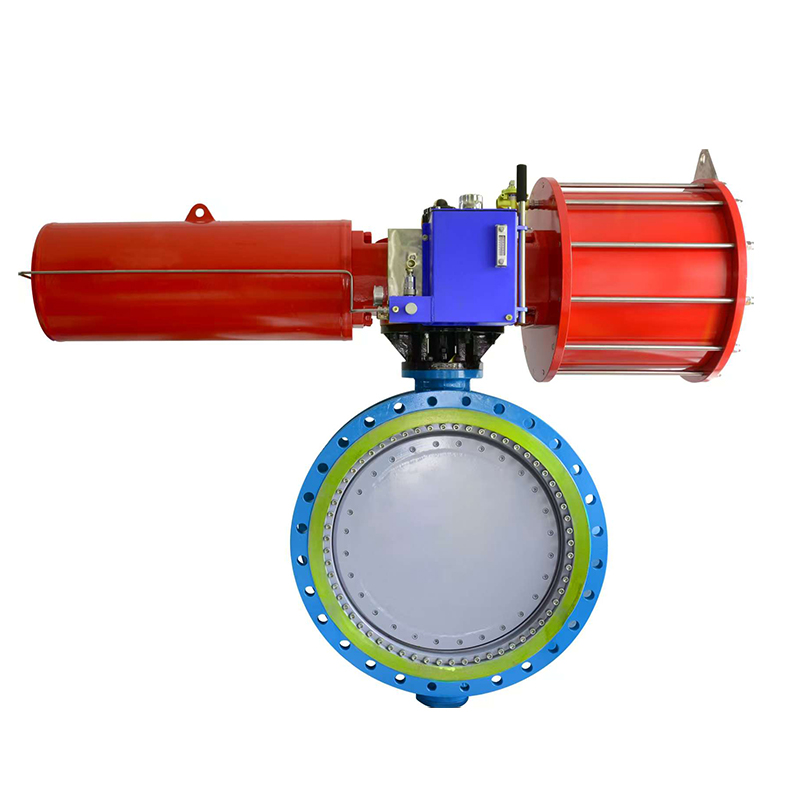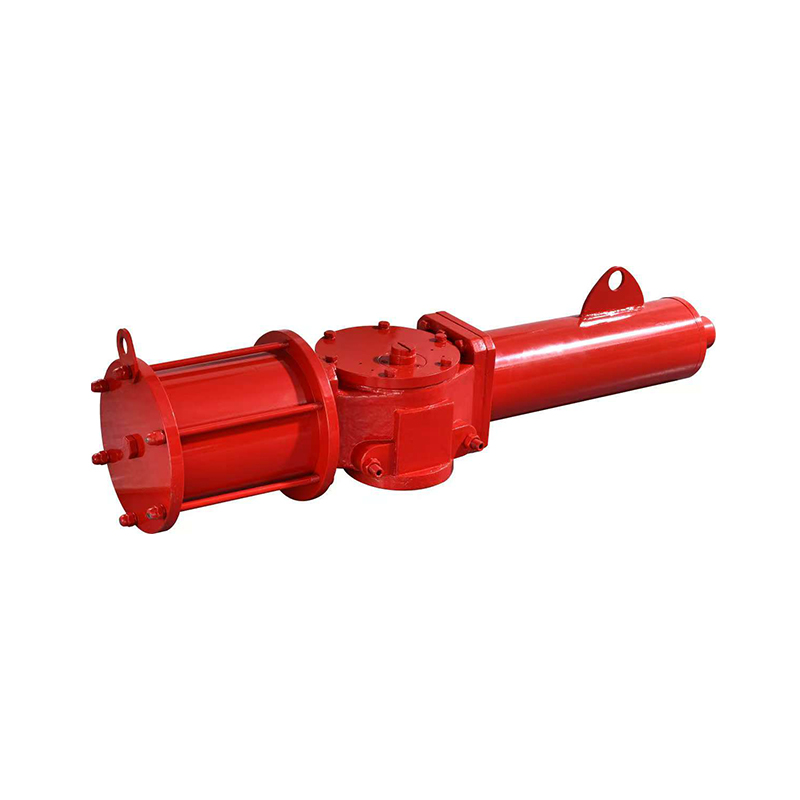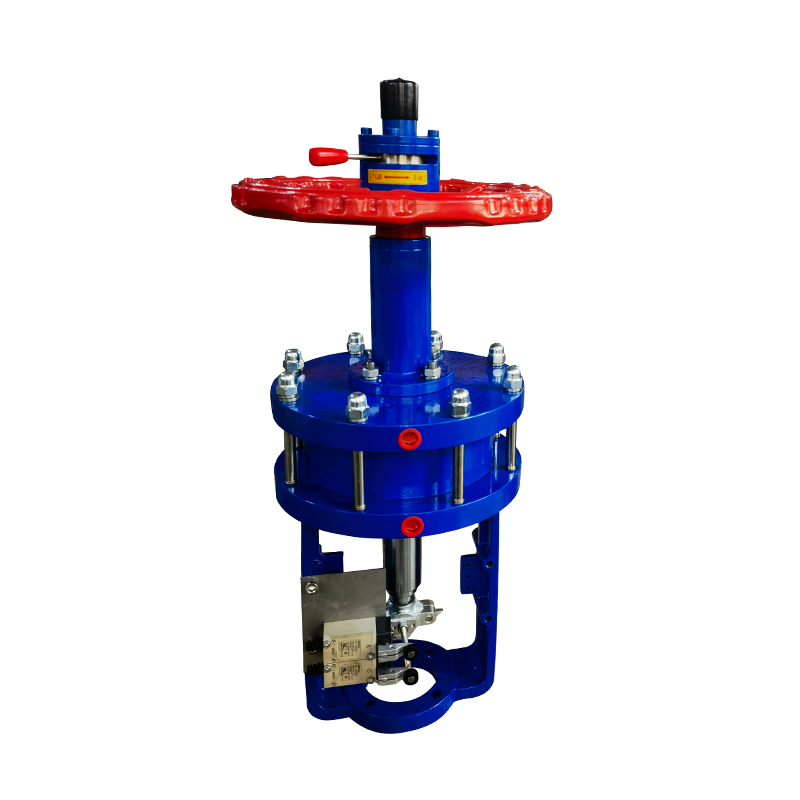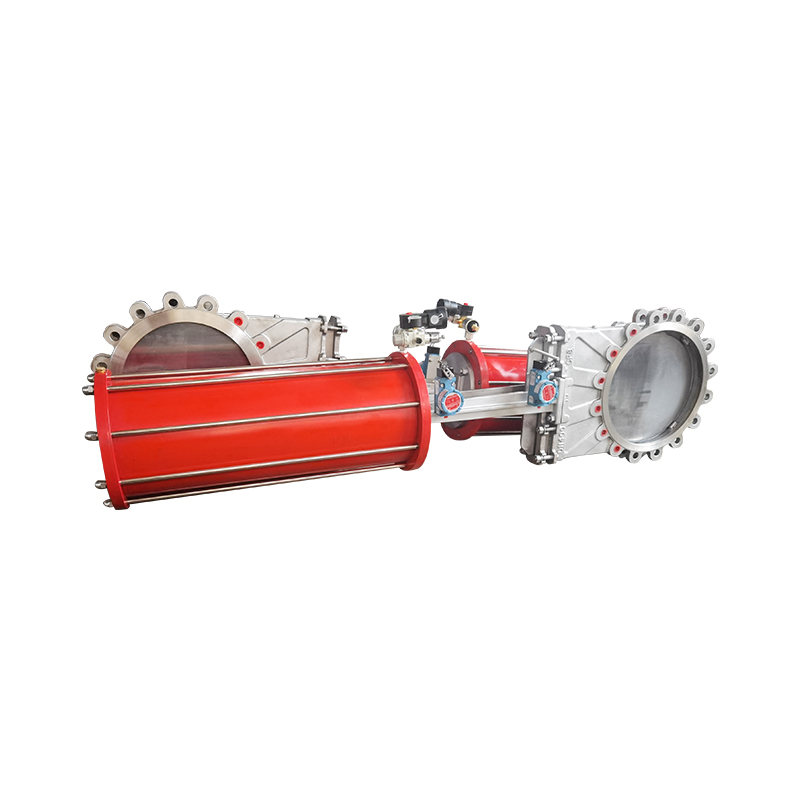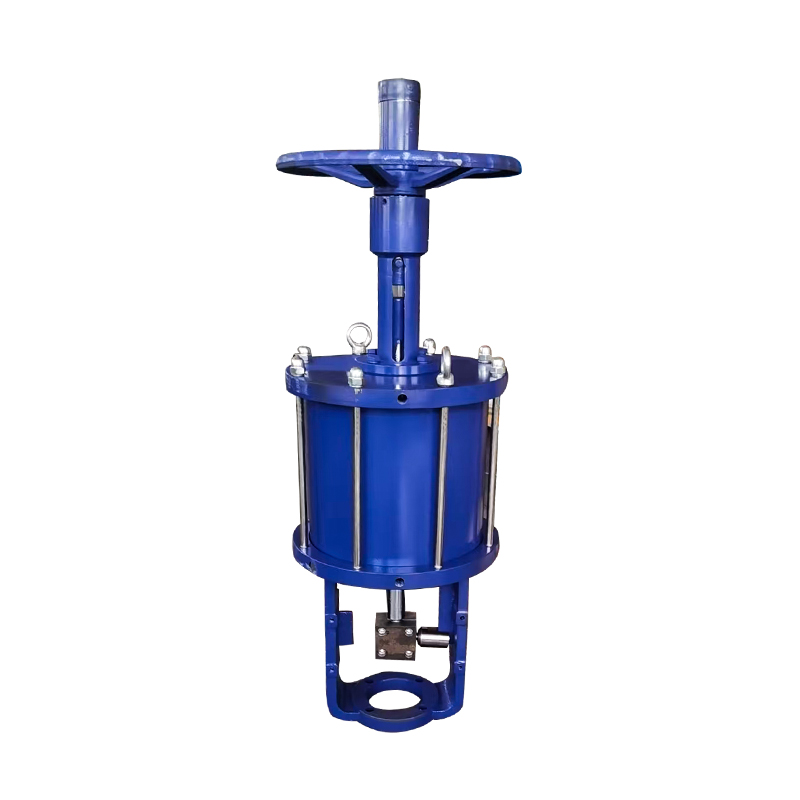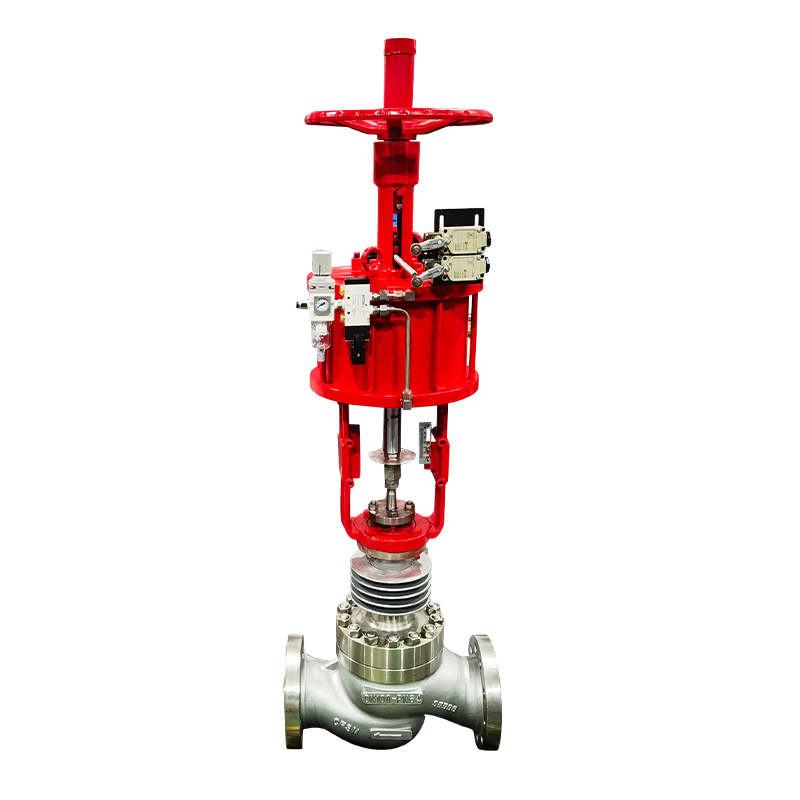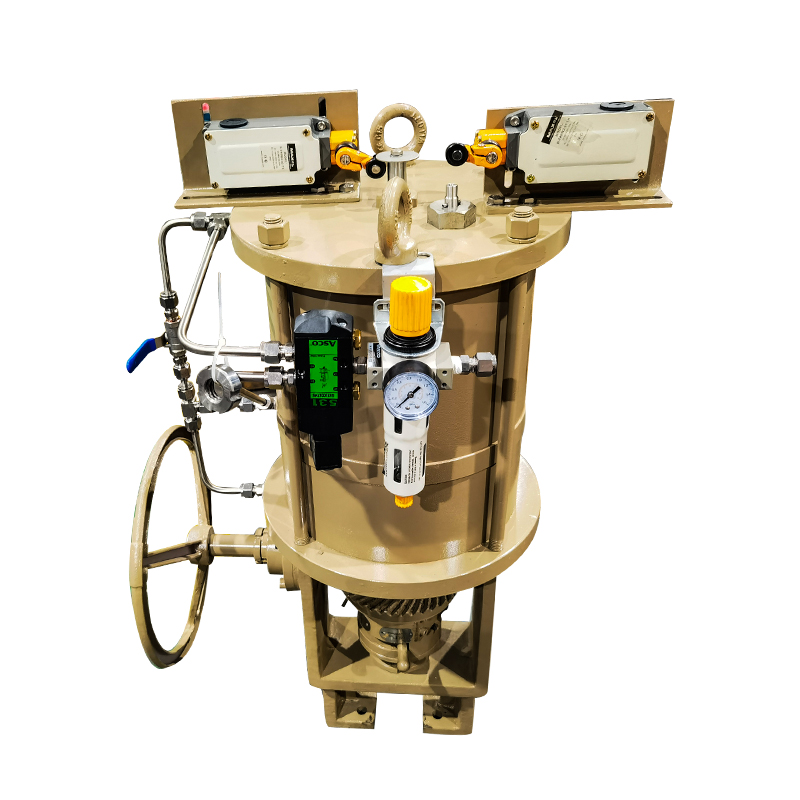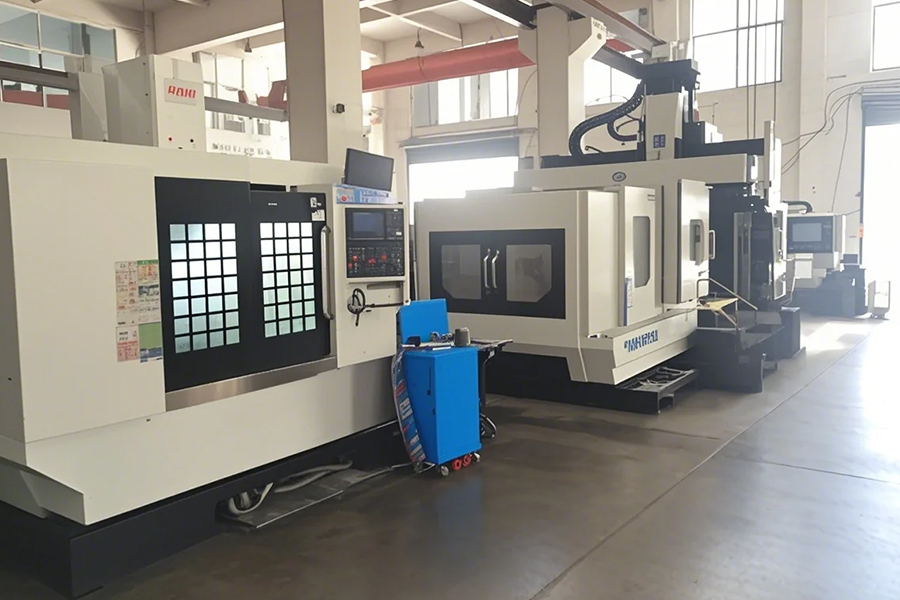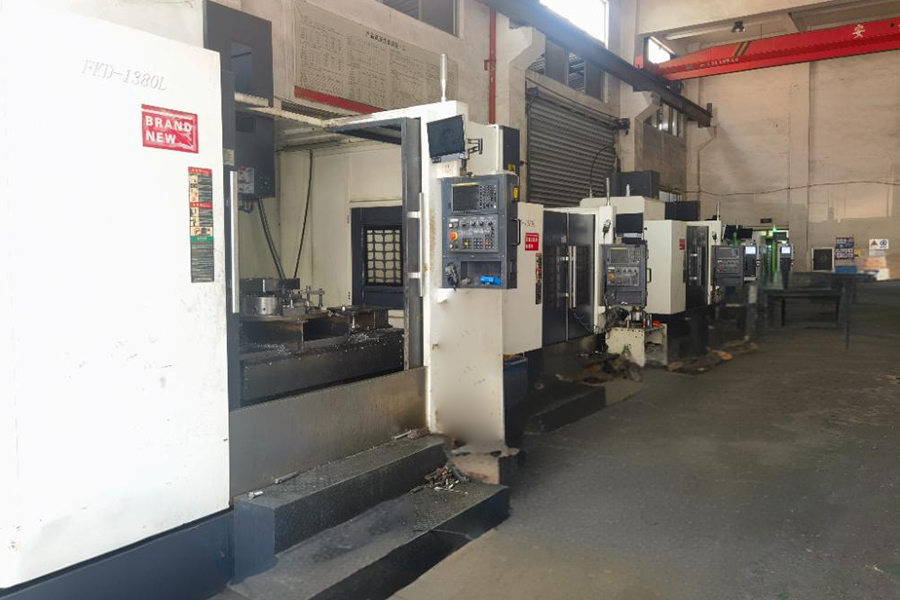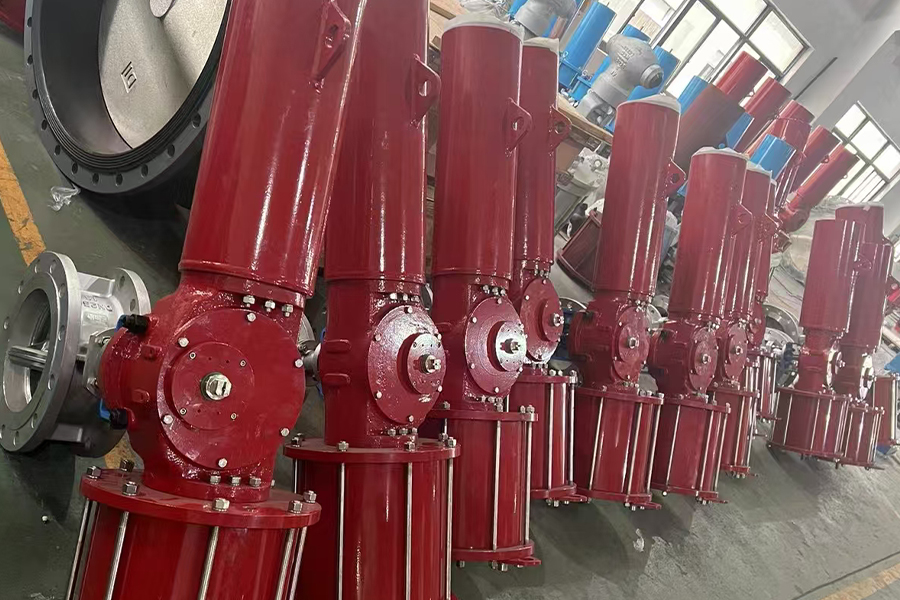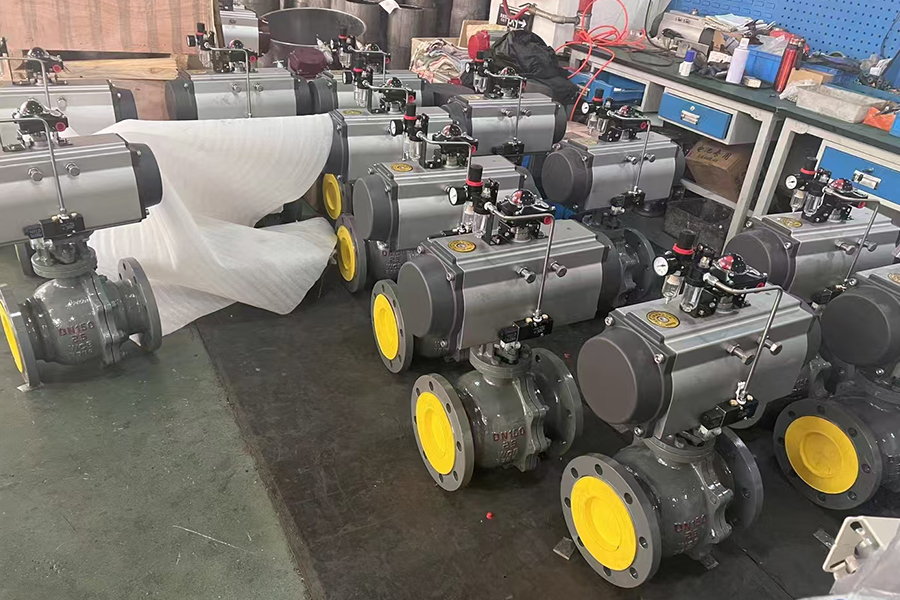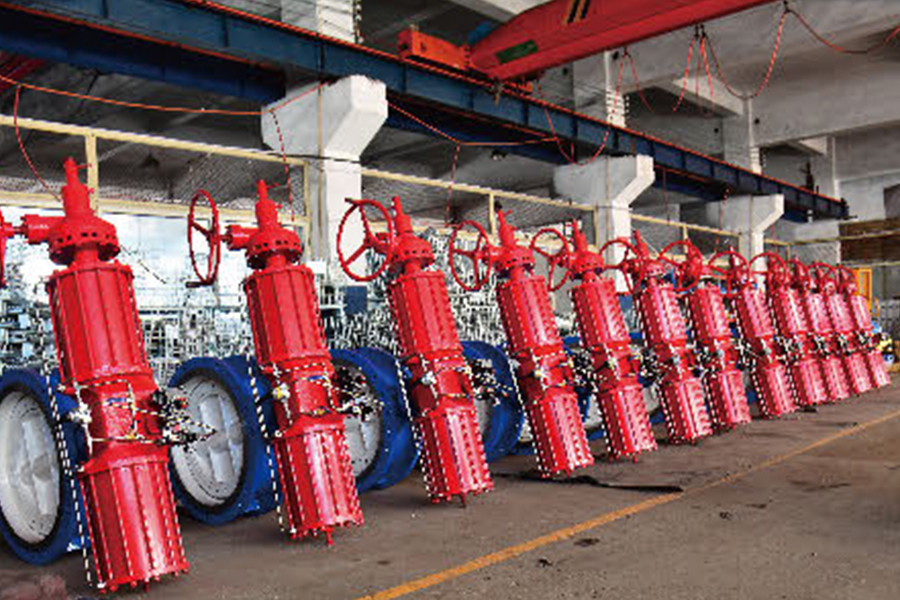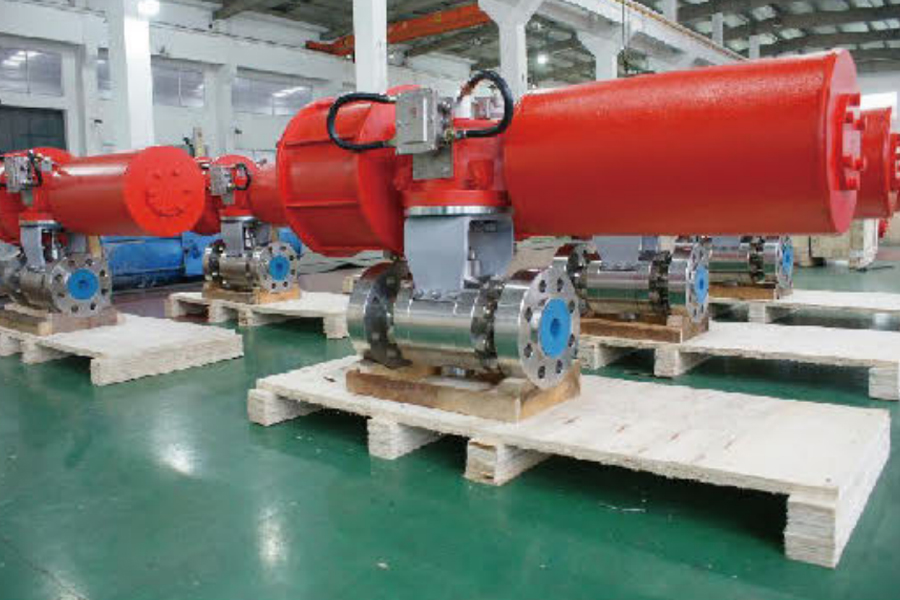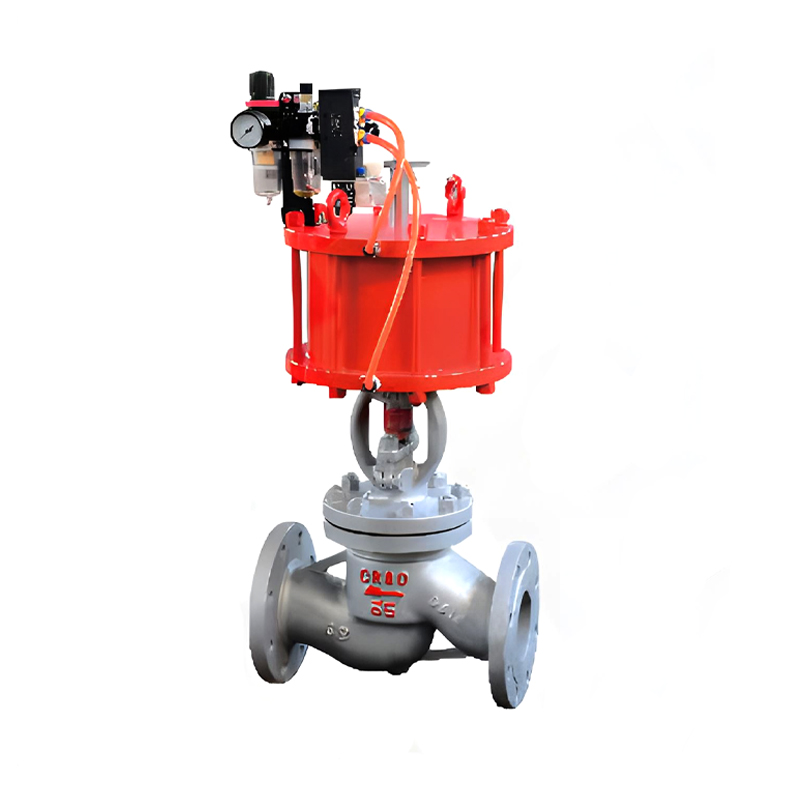
Pneumatic systems are widely used in industrial and commercial applications where air-powered controls provide reliable performance. Within these systems, the pneumatic stop valve is a crucial component that regulates airflow and supports safe operation. Since these valves often operate in demanding environments, the choice of materials directly affects their durability and efficiency. Understanding which materials are commonly used and why they matter helps explain how manufacturers create valves capable of long-term service.
The Role of Material Selection
A pneumatic stop valve functions by starting or halting the passage of compressed air. This action might seem straightforward, but repeated use under pressure can put stress on the valve body, seals, and internal parts. If the wrong materials are used, problems such as leaks, wear, and corrosion can quickly develop. By selecting durable materials, manufacturers ensure that valves maintain consistent performance even under challenging conditions.
Common Metals for Valve Bodies
The body of a pneumatic stop valve typically requires strength and resistance to wear. Brass is a common choice because it combines corrosion resistance with machinability, allowing precise construction of internal passages. Stainless steel is another widely used option, particularly when valves must endure harsh environments such as chemical processing plants or outdoor facilities. Aluminum is sometimes chosen for applications where weight reduction is important, although it may not offer the same long-term durability as stainless steel in corrosive settings.
Seals and Gaskets
While the body provides structure, the sealing materials determine whether a pneumatic stop valve can prevent air leaks over time. Elastomers such as nitrile rubber (NBR) are widely used because they resist oil and compressed air effectively. For higher temperature or chemical exposure, fluorocarbon rubber (FKM) provides added resilience. Some designs may use polytetrafluoroethylene (PTFE) for seals, as it withstands a wide range of chemicals and offers low friction. Choosing the right seal material ensures the valve remains airtight, even after thousands of cycles.
Coatings and Surface Treatments
Beyond the base material, coatings play a role in extending the lifespan of a pneumatic stop valve. Nickel plating, for example, can protect brass or steel surfaces from corrosion. Anodized finishes on aluminum add hardness and improve resistance to wear. These treatments do not change the structure of the valve but provide an added layer of protection, making the component more reliable in varied conditions.
Internal Components
The moving parts inside a pneumatic stop valve must handle frequent cycles without significant wear. Stainless steel springs and pins are common because they retain strength over time. In some cases, engineering plastics such as acetal or polyamide are used for internal guides or seats. These materials reduce friction and allow smoother operation while resisting deformation. The careful combination of metals and polymers ensures balanced performance within the valve.
Matching Materials to Applications
Different industries demand different performance levels from pneumatic stop valves. For example, food processing facilities often require stainless steel construction to meet hygiene and corrosion resistance standards. In contrast, general manufacturing might prioritize cost-effectiveness, where brass and nitrile seals provide sufficient reliability. By matching materials to the working environment, manufacturers ensure that the valve delivers consistent function while minimizing premature failures.
The durability of a pneumatic stop valve depends on more than its design; it is closely tied to the materials used in its construction. Metals such as brass, stainless steel, and aluminum provide structural integrity, while elastomers, fluorocarbons, and PTFE seals maintain airtight operation. Surface treatments and carefully selected internal parts further enhance reliability. By combining these materials thoughtfully, manufacturers create valves that can withstand the pressures of daily operation and serve a wide range of industries effectively.








